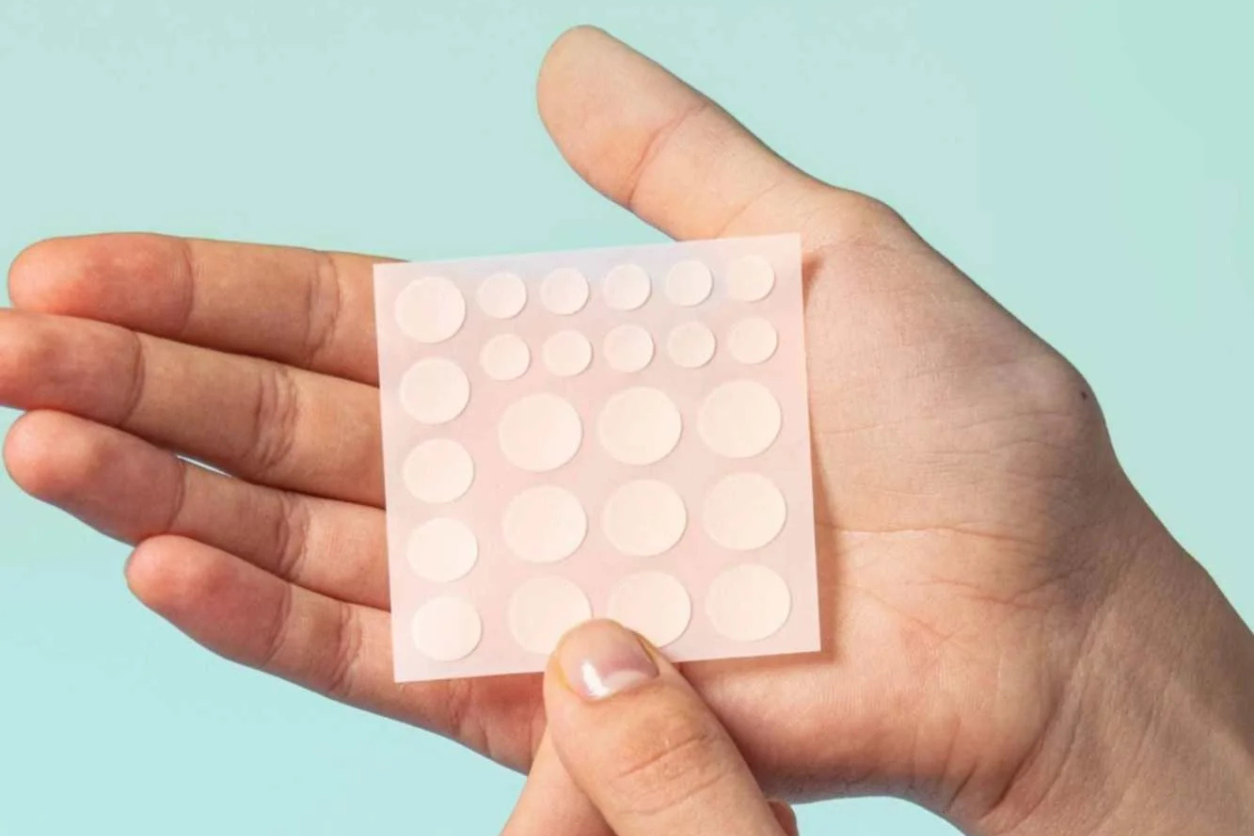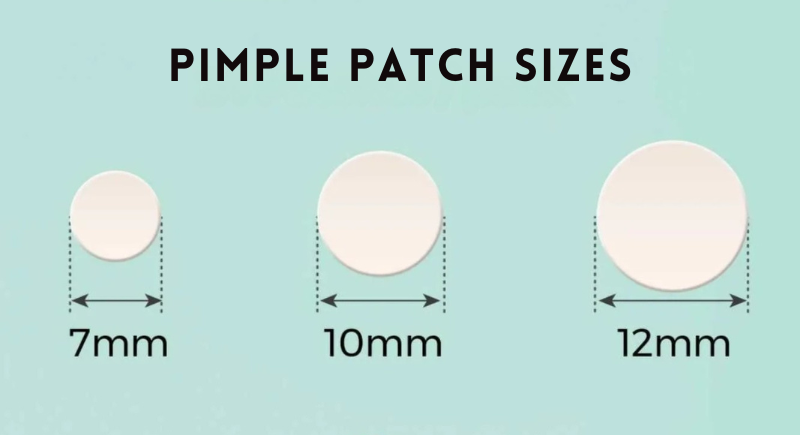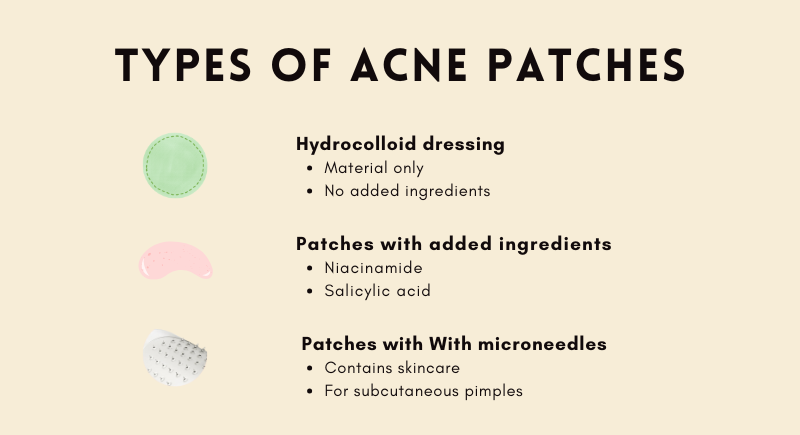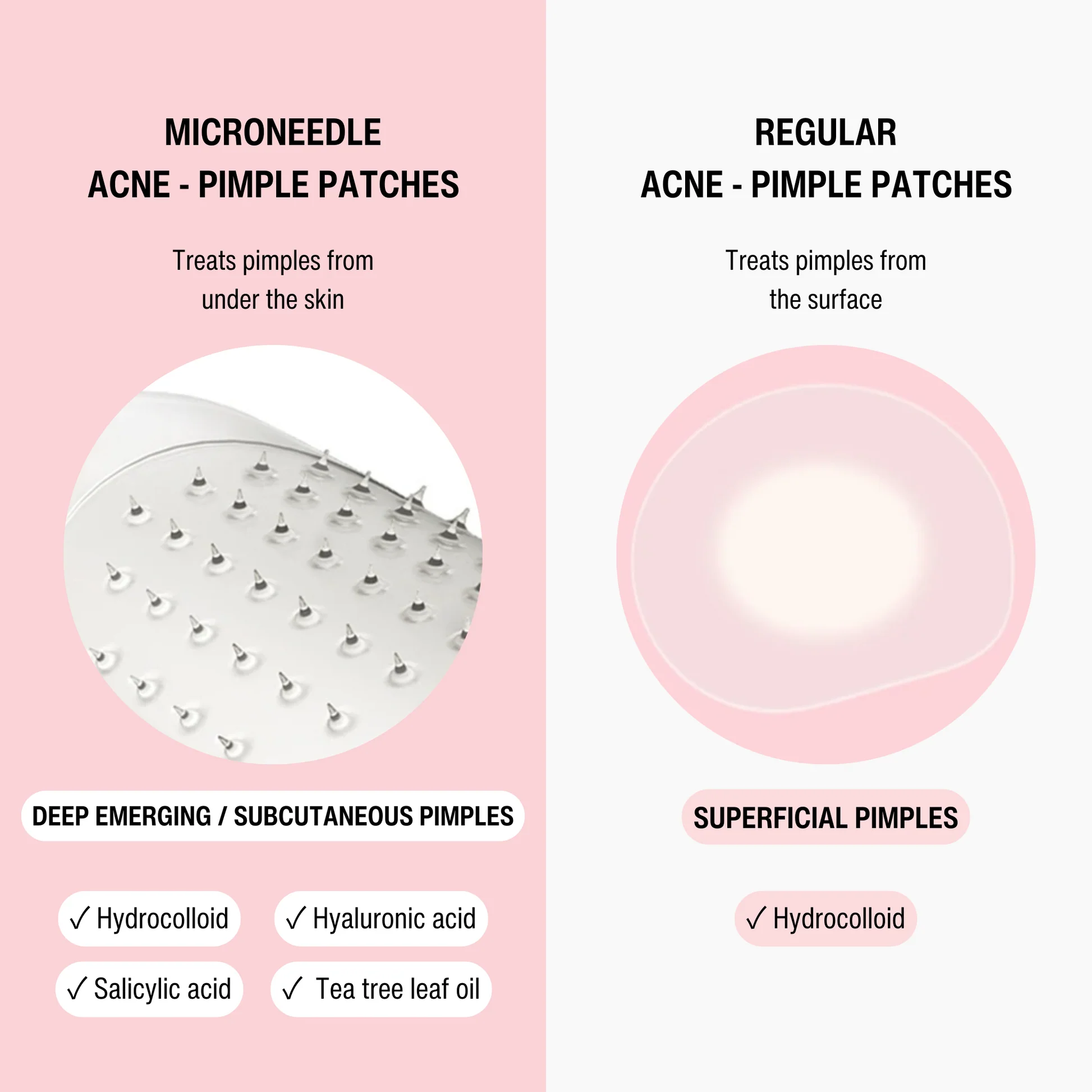The Honest Truth About Pimple Patches

If you’ve ever stared down at a new pimple like it’s your mortal enemy, then you’re probably familiar with the emotional rollercoaster that follows: irritation, a dash of denial, and an overwhelming urge to poke at it. For someone like me, whose skin seems to take every little breakout as a chance to stick around longer than it should, pimple patches are a great way to shield them from more trauma.
What Are Pimple Patches?
Pimple patches are essentially small stickers designed to help tackle breakouts. Depending on the type, they either protect the pimple from external irritants or actively treat the breakout. Think of them as tiny shields that let your skin heal in peace. They’re especially appealing for those of us who tend to pick at our blemishes—something dermatologists consistently beg us not to do.

For me, the beauty of pimple patches lies in their multitasking ability. They don’t just help reduce the size of a breakout; they also stop me from unconsciously picking at my skin throughout the day. If you’re a habitual picker, you know the cycle: picking leads to redness, redness leads to scarring, and scarring feels even worse than the original pimple. Patches take that temptation away by covering the spot entirely, creating a barrier between you and your breakout.
Another thing I love about them is how they handle post-pimple trauma. Hydrocolloid patches, for example, can help minimize hyperpigmentation by protecting the area from UV exposure and keeping it hydrated. And let’s be honest, there’s something oddly satisfying about peeling off a patch and seeing all the gunk it’s pulled out. It’s gross, yes, but also weirdly rewarding.
Types of Pimple Patches
Not all pimple patches are created equal, and understanding the differences can help you pick the right one for your skin.

1. Hydrocolloid Patches
These are the OG pimple patches. Made purely from hydrocolloid, they’re ideal for surface-level pimples that have come to a head. They don’t contain active ingredients, so they’re perfect for sensitive skin or for anyone avoiding harsh treatments due to pregnancy or skin conditions. Hydrocolloid works by absorbing fluid from the pimple, which is why the patch turns white after a few hours. They’re best for overnight use, though some brands offer ultra-thin options for daytime wear.
2. Treatment-Based Patches
These patches kick things up a notch by incorporating active ingredients like salicylic acid, tea tree oil, or niacinamide. They’re great for targeting acne at its source, reducing inflammation, and speeding up the healing process. However, the inclusion of actives means you need to be cautious about irritation, especially if you have sensitive skin.
3. Microneedle Patches
The newest player in the game, microneedle patches, are a little more high-tech. They feature tiny dissolvable needles that deliver active ingredients directly into the skin. While it might sound intimidating, the needles are so small that you’ll barely feel them. These are ideal for deeper, more stubborn pimples that need a stronger nudge to calm down.

How to Use Pimple Patches
Using pimple patches seems straightforward—stick it on and call it a day. But there are a few nuances to ensure you’re getting the most out of them:
- Clean and dry the area: Patches adhere best to clean, dry skin. Any leftover skincare products or oils can weaken the adhesive.
- Choose the right patch for the job: A hydrocolloid patch won’t do much for a cystic pimple, and a microneedle patch might be overkill for a small whitehead.
- Give it time to work: Patience is key. Most patches need several hours to do their thing, so they’re best applied overnight or during a lazy day at home.
- Don’t reuse patches: It might be tempting to stretch your stash, but reusing a patch is a no-go. Once it’s off, toss it.
Are Pimple Patches Worth the Hype?
The answer depends on your skin type and the kind of acne you’re dealing with. For me, they’ve become a staple in my skincare arsenal—not as a cure-all but as a helpful tool. Hydrocolloid patches are my go-to for pesky whiteheads that pop up before a big event, while microneedle patches have saved me from the pain of deep, under-the-skin pimples.
That said, they’re not magic. If your acne is more severe or hormonal, pimple patches won’t replace a solid skincare routine or advice from a dermatologist. But for the occasional breakout, they’re a quick and effective fix that feels satisfying to use.
Elevating the Shopping Game
Our platform offers in-depth reviews and analyses across various product categories, empowering you to shop with confidence and precision. Here, transparency and detailed research pave the way for smart choices that reflect your needs and values. Join our community and elevate your shopping experience from buyer to expert, one report at a time.